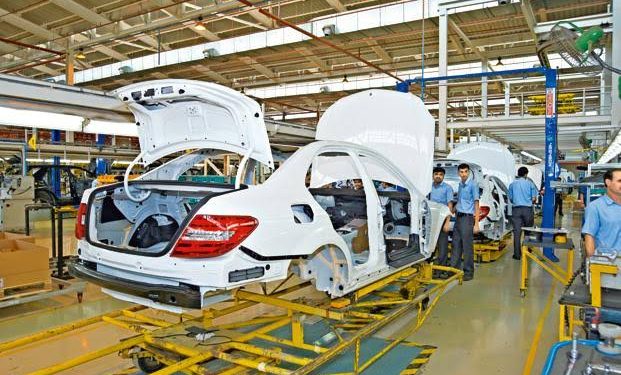New Delhi: Giving a new dimension to ‘Make in India’, the Economic Survey 2019-20 Friday suggested that the government should integrate ‘Assemble in India for the world’ into its flagship programme to boost exports and generate jobs.
“By integrating ‘Assemble in India for the world’ into Make in India, India can raise its export market share to about 3.5 per cent by 2025 and 6 per cent by 2030. This will create 4 crore well-paid jobs by 2025 and 8 crore by 2030,” the survey said.
It said that the current environment for international trade provides huge opportunities to India to chart a China-like, labour-intensive, export trajectory and thereby create unparalleled job opportunities for burgeoning youth.
“The incremental value added in the economy from the target level of exports of network products, which is expected to equal USD 248 billion in 2025, would make up about one-quarter of the increase required for making India a USD 5 trillion economy by 2025,” it said.
Citing example of China, it said by importing components and assembling them in China for the world, the neighbouring country has created jobs at an unprecedented scale.
Commenting on India’s export performance, it said if India wants to become a major exporter of the world, it should specialise more in the areas of its comparative advantage and achieve significant quantity expansion.
“…India is spreading its exports thinly over many products and partners, leading to its lacklustre performance compared to China,” the survey said.
India’s exports contracted for the fifth month in a row by 1.8 per cent in December 2019 to USD 27.36 billion. During April-December 2019-20, exports slipped 1.96 per cent to USD 239.29 billion, imports declined by 8.9 per cent to USD 357.39 billion, leaving a trade deficit of USD 118.10 billion.
The survey said China’s remarkable export performance vis-a-vis India is driven primarily by deliberate specialisation at large scale in labour-intensive sectors, especially network products, where production occurs across Global Value Chains (GVCs) operated by multi-national corporations.
“China used this specialised strategy to export primarily to markets in rich countries. Similarly, India must place laser-like focus on enabling assembling operations at mammoth scale in network products,” it added.
To improve the ease of doing business in terms of trading across borders, it said the processes of Indian airports should be adapted and replicated in sea ports.
The trading across borders indicator records the time and cost associated with the logistical process of exporting and importing goods.
“Globally, transportation by ports is the most favoured followed by railways and then roads, whereas in India it is the opposite,” it said.
It said while India takes 60-68 and 82-88 hours in border and documentary compliance for exports and imports respectively, Italy takes only one hour for each.
The cost of compliance is zero in Italy, while in India it costs USD 260-281 and USD 360-373 for exports and imports, respectively.
“As no other country can match China in the abundance of its labour, we must grab the space getting vacated in labour-intensive sectors,” it said.
The survey raised a question saying, “Is India’s lacklustre export performance caused by a lack of diversification in its export basket (extensive margin) or is it because of a lack of specialization (intensive margin)?”.
(PTI)







































